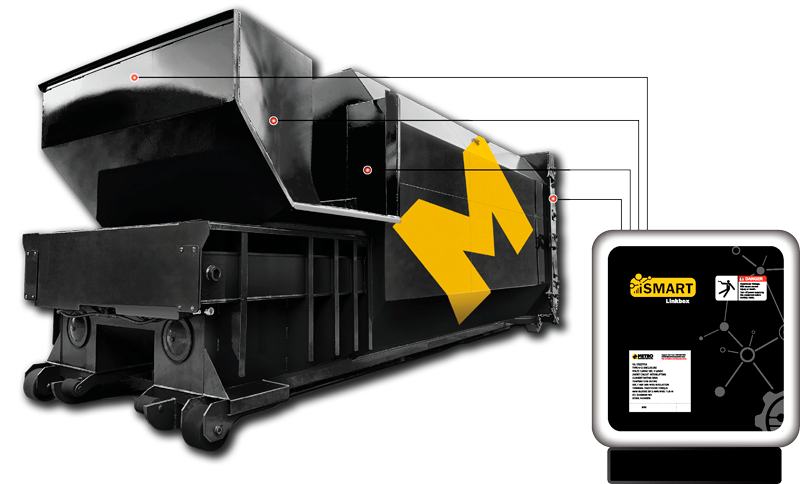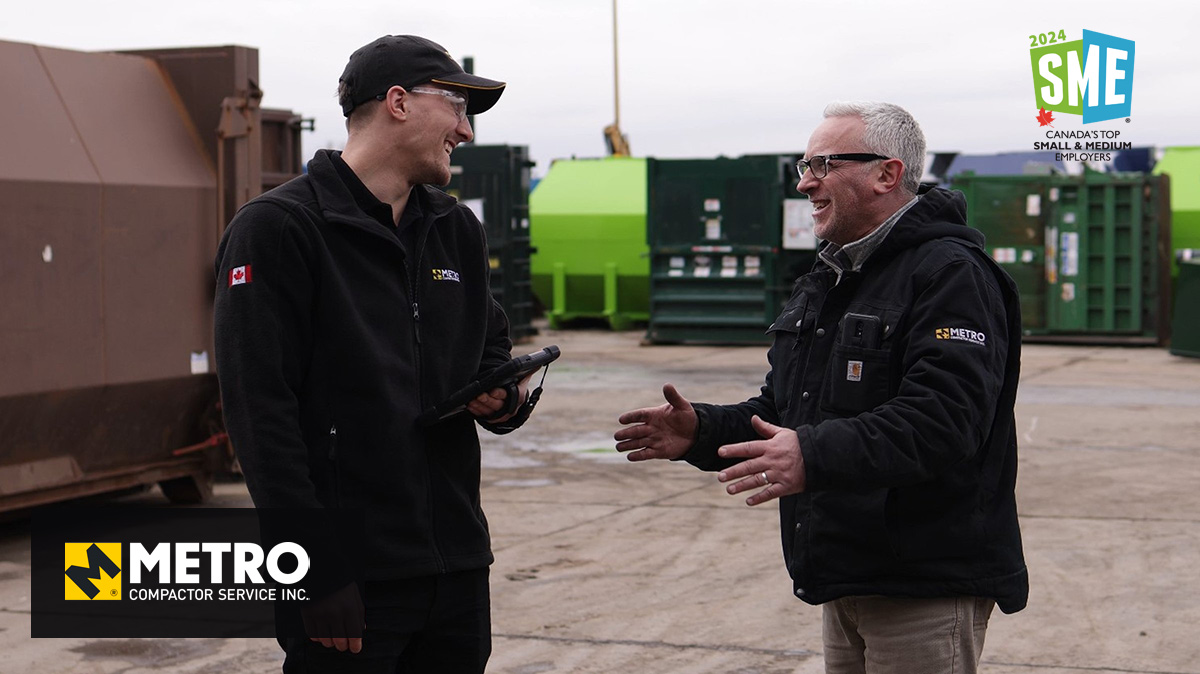Assessing the Cost-Effectiveness and Environmental Advantages of Investing in Advanced Waste Equipment for Services and Organizations
The choice to buy advanced waste equipment is increasingly essential for companies aiming to improve both their financial and ecological efficiency. Assessing the cost-effectiveness of such investments reveals possibility for substantial savings, especially with lowered operational prices and improved resource administration. Moreover, the ecological advantages-- such as minimized land fill usage and lower discharges-- contribute to a much more sustainable operational framework. Yet, the implications of this investment extend beyond mere numbers, raising important inquiries concerning lasting feasibility and regulative compliance. As companies navigate these complexities, the course ahead ends up being interesting.
Recognizing Advanced Waste Devices
Advanced waste equipment includes a variety of cutting-edge innovations made to improve waste management processes successfully. This equipment includes automated arranging systems, compactors, shredders, and advanced reusing machinery, all aimed at enhancing efficiency and decreasing environmental influence. The main purpose of advanced waste devices is to streamline the collection, processing, and disposal of waste products, thus reducing labor expenses and raising operational effectiveness.
One notable innovation is making use of smart waste containers outfitted with sensors that monitor waste levels and maximize collection routes. This not only lowers unnecessary pickups yet also reduces fuel usage and greenhouse gas exhausts. In addition, advanced shredders and compactors assist in the decrease of waste volume, which is vital for maximizing garbage dump space and boosting reusing initiatives.
Moreover, the combination of expert system and device discovering in waste administration systems permits improved data analytics, leading to informed decision-making and boosted source allocation. By utilizing these cutting edge innovations, businesses and organizations can accomplish considerable enhancements in waste administration processes, ultimately resulting in better sustainability end results and conformity with governing criteria.
Price Evaluation of Investment
Examining the expense analysis of financial investment in innovative waste equipment is essential for organizations looking for to boost their waste administration methods. An extensive cost analysis includes evaluating both the preliminary funding outlay and ongoing functional costs connected with acquiring and preserving such devices. This includes not just the purchase price yet likewise installation prices, training for workers, and potential downtime during the shift period.
Organizations must likewise think about the various kinds of sophisticated waste equipment offered, such as compactors, shredders, and reusing systems, each with distinctive rates frameworks. The monetary effects of devices performance should be examined, as extra efficient systems might lead to lowered waste disposal fees and reduced source consumption.
Furthermore, possible funding sources and motivations, such as government grants or tax obligation credit ratings, can dramatically influence the total expense evaluation. By performing an extensive examination of these elements, services can make enlightened choices that align with their sustainability goals while making sure an audio economic investment (baler rental). Inevitably, a detailed cost analysis lays the foundation for comprehending the economic viability and tactical benefits of purchasing sophisticated waste monitoring modern technologies

Long-Term Cost Savings Possible
Buying innovative waste devices not just involves an ahead of time financial dedication but likewise opens the door to substantial long-lasting financial savings potential. Organizations and organizations that carry out such technology can expect to see a decrease in operational prices over time. Advanced waste equipment typically streamlines waste monitoring procedures, leading to reduced labor prices and boosted effectiveness.
By automating waste sorting and processing, companies lower the demand for manual labor, permitting staff to concentrate on even more value-added activities. Boosted waste monitoring systems can minimize the volume of waste that ends up in landfills, which consequently lowers disposal fees and potential regulatory penalties associated with waste mismanagement - baler rental.
In addition to direct expense financial savings, organizations can likewise experience enhanced earnings possibilities. Reusing programs can create income from the sale of recovered products. In addition, a dedication to innovative waste administration can improve a company's track record, drawing in environmentally conscious consumers and customers, which might cause enhanced market share.
Environmental Impact Assessment
Just how do sophisticated waste monitoring systems contribute to environmental sustainability? The execution of these systems enables for the efficient splitting up of recyclable materials, which can significantly decrease the volume of waste routed to garbage dumps, therefore lowering methane emissions and various other unsafe contaminants linked with waste decomposition.
Furthermore, progressed waste administration remedies are designed to decrease power consumption and improve functional efficiency. Energy-efficient equipment not only reduces overall energy usage yet also lowers greenhouse gas discharges, straightening with international sustainability goals. Additionally, the fostering of these systems can cultivate a society of environmental obligation within companies, urging employees to engage in sustainable methods.
Conducting a detailed environmental influence evaluation of these systems exposes their prospective benefits, consisting of boosted air and water high quality, biodiversity preservation, and enhanced neighborhood health and wellness. Inevitably, purchasing advanced waste administration innovation represents a strategic approach to attaining long-lasting environmental sustainability while advertising financial practicality.
Study and Real-World Instances
Various study illustrate the performance of innovative waste administration systems in promoting ecological sustainability across numerous markets. As an example, a leading production company took on automated waste sorting technology, which led to a other 40% reduction in landfill waste click resources within the very first year. This investment not just boosted operational performance but additionally considerably decreased disposal expenses, showcasing a solid roi.
In the friendliness industry, a significant hotel chain applied a sophisticated food waste digestion system that transformed organic waste right into tidy energy. This effort lowered waste outcome by 50% and gave the hotel with a lasting energy resource, highlighting both economic and ecological advantages.

These real-world instances demonstrate that organizations can accomplish substantial price savings while enhancing their sustainability accounts through critical investments in advanced waste monitoring innovations. As these study reveal, the assimilation of ingenious waste remedies is not only viable however also essential for modern-day enterprises intending to straighten with ecological standards and customer assumptions.
Final Thought
Financial investment in sophisticated visit the website waste tools emerges as a strategic choice for businesses looking for to enhance cost-effectiveness and environmental sustainability. By automating waste sorting and leveraging clever technologies, companies can achieve considerable decreases in functional expenses and land fill contributions. The long-lasting financial benefits, incorporated with a favorable environmental effect, add to improved business reputation and regulative conformity. Ultimately, the integration of such innovations cultivates a culture of sustainability, aligning service exercise with contemporary ecological responsibilities.